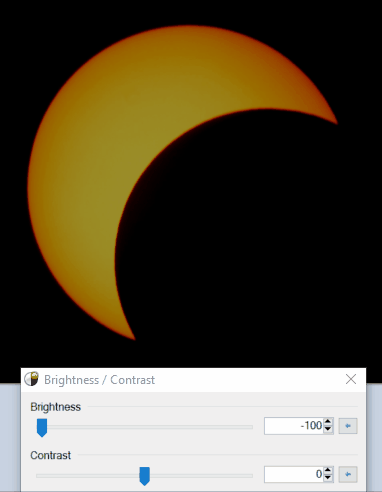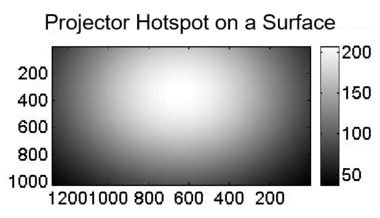5541
Flat Earth Theory / Re: Full Moon Impossible on Flat Earth?
« on: July 13, 2018, 09:42:42 PM »
I do agree that they are probably craters. I don't agree that the shadows must be caused by an external light source.
My analysis is that if that puffer fish had craters of mixed material instead of spines, that those craters would probably have shadows; and that those shadows could be created by the light of the pufferfish itself.
Perhaps those craters or other elements might be enhanced a bit by other light sources around the puffer fish, or even light that travels though the puffer fish, if the puffer fish were semi-transparent, as described in the chapter Moon Transparent.
I am reminded of this section in Shadows on the Moon of Earth Not a Globe:
My analysis is that if that puffer fish had craters of mixed material instead of spines, that those craters would probably have shadows; and that those shadows could be created by the light of the pufferfish itself.
Perhaps those craters or other elements might be enhanced a bit by other light sources around the puffer fish, or even light that travels though the puffer fish, if the puffer fish were semi-transparent, as described in the chapter Moon Transparent.
I am reminded of this section in Shadows on the Moon of Earth Not a Globe:
Quote
The following experiment will also illustrate the subject:--Take a partially transparent ball, such as are prepared and sold by the cautchouc toy manufacturers, or a very thin bladder well blown out until it is semi-transparent. To represent the many protuberances, &c., place small patches of gum arabic or isinglass in various directions over one half its surface. Now rub the whole of this half surface with a solution of phosphorus in oil of almonds, and carry it into a dark room. It will give, by turning it slowly round, all the peculiar appearances and phases of the moon; but now bring into the apartment a lighted ordinary tallow candle, and at certain distances it will not overcome the comparatively feeble phosphorescent light, but will cause the places immediately behind the gum arabic or isinglass protuberances to be darkened, on account of the light of the candle being intercepted; thus imitating all the peculiarities which' are known to belong to the moon.







